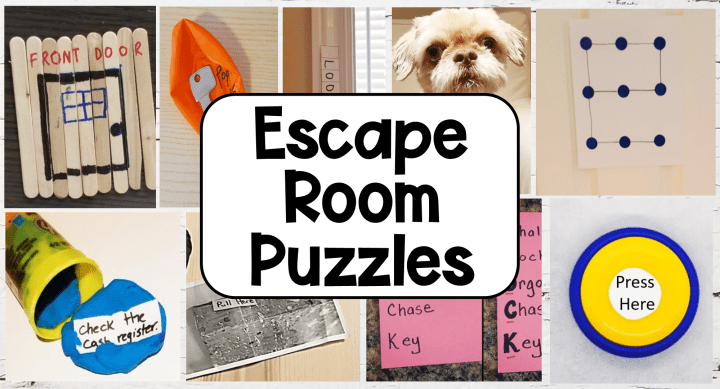Escape Room Puzzles Decoded: A Step-by-Step Strategy for Success
Escape Room Puzzles Decoded: A Step-by-Step Strategy for Success
Escape rooms have become increasingly popular over the years, offering an immersive and adrenaline-pumping experience for participants. These interactive adventures require players to work together to solve a series of puzzles and riddles within a set time limit to “escape” from a locked room. The allure of escape rooms lies in the challenging puzzles that test participants’ problem-solving skills, creativity, and teamwork. In this article, we will delve into the world of escape room puzzles and provide you with a step-by-step strategy for success.
Step 1: Assemble a Strong Team
The foundation of a successful escape room experience starts with having the right team. Gather a diverse group of individuals who bring unique skills and perspectives to the table. Look for teammates who excel in problem-solving, critical thinking, attention to detail, creativity, and communication. A cohesive team that can effectively collaborate and delegate tasks is more likely to conquer the challenges that lie ahead.
Step 2: Pay Attention to the Briefing
Before the game begins, the escape room operators will usually provide a briefing that sets the stage for the narrative and explains the rules. Pay close attention to the storyline and any hints given during this briefing, as they may offer valuable clues during the game. Understanding the context and background of the escape room can help you make connections and solve puzzles more effectively.
Step 3: Communicate and Collaborate
Communication is key during an escape room challenge. Encourage an open dialogue among team members and share any discoveries, ideas, or insights promptly. If you find an item or clue, let others know, and avoid working in silos. Collaborate as a team to connect different pieces of the puzzle and discuss possible solutions. Remember that some puzzles may require input from multiple team members to be solved successfully.
Step 4: Observe and Take Notes
Observation skills are paramount in escape rooms. Carefully examine your surroundings, as even the tiniest detail might hold a clue. Keep track of any codes, symbols, or numbers you encounter, and write them down in a centralized location. Maintaining a collective note system can help the team stay organized and avoid redundancy.
Step 5: Break Down the Puzzles
When faced with a complex puzzle, it’s essential to break it down into smaller components. Analyze each element and assess how they may relate to one another. Try to identify patterns, hidden meanings, or any logical progression that may lead to a solution. Sometimes, solving one puzzle will provide a clue for the next, so stay alert for connections.
Step 6: Think Outside the Box
Escape rooms are designed to challenge your conventional thinking. Don’t be afraid to think outside the box and consider unconventional solutions. Be imaginative, and if something seems too obvious, it might be a red herring or a distraction from the real answer. Embrace creativity and encourage your teammates to do the same.
Step 7: Use Your Resources Wisely
In an escape room, you’ll likely come across various tools and objects. Utilize your resources wisely and consider how they might be applied to different puzzles. Some items may have multiple purposes, so be open to experimentation. Avoid brute force methods, as escape rooms are typically designed to be solved through clever thinking and observation.
Step 8: Manage Your Time
Time management is critical in escape rooms. Keep an eye on the clock and pace yourselves accordingly. If you get stuck on a puzzle, don’t dwell on it for too long; move on to other challenges and come back to it later with a fresh perspective. Remember that the objective is to escape the room within the allotted time, so prioritize tasks and stay focused.
Step 9: Ask for Help When Needed
Don’t be hesitant to ask the escape room operators for hints or clues if you find yourselves stuck. They are there to ensure you have an enjoyable experience, and a well-timed hint can nudge you in the right direction. However, try to exhaust all your options and collaborate as a team before seeking external help.
Step 10: Stay Positive and Have Fun
The most important aspect of any escape room adventure is to have fun! Embrace the challenges, celebrate your successes, and learn from your setbacks. Stay positive, encourage your teammates, and relish the joy of conquering each puzzle. Win or lose, the experience of working together and unraveling mysteries is what makes escape rooms a memorable and exciting endeavor.
In conclusion, escape rooms offer a thrilling and intellectually stimulating experience that challenges participants to push their boundaries and work as a team. By following this step-by-step strategy for success, you can enhance your chances of conquering the escape room puzzles and enjoy an unforgettable adventure with your friends or colleagues. So, gather your team, sharpen your wits, and prepare for an immersive and rewarding escape room experience!
